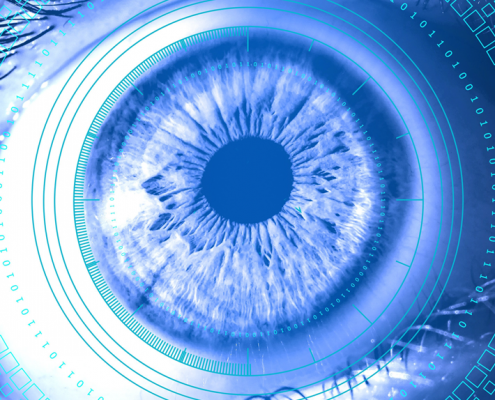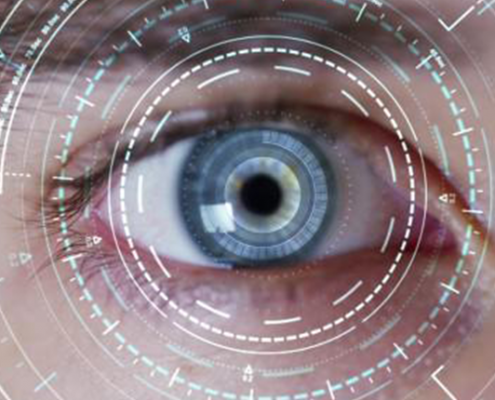4 Vision Problems That Refractive Surgery Treats
The words “laser surgery” may sound like science fiction. However, the first refractive surgical techniques date back to the 1940s and 50s when a missionary priest and ophthalmologist at Yale University pioneered the first techniques to treat corneal astigmatism.
Also known as refractive surgery or laser vision correction, these procedures have come a long way in recent years. There are different types of refractive surgeries, including LASIK and LASEK. While they involve different techniques, they both rely on laser technology to reshape the cornea.
Thanks to this innovative approach, vision specialists can address a wide range of refractive issues. These problems are specific to the cornea — the clear surface on the front of your eye. When this area becomes misshapen, it interferes with how light reaches your retina, which causes vision problems.
With three locations in Florida, our team at VIP Laser Eye Center specializes in advanced refractive surgery techniques. If you have these four conditions, we can help you ditch your glasses or contact lenses for good.
1. Nearsightedness
The formal term for this condition is myopia. You can typically see objects close to you when you have myopia, but those farther away appear blurred.
This common problem affects approximately 25% of Americans and develops when the shape of the cornea is too steep. This irregular curve causes light to focus on the front of the retina (not on it), resulting in distorted vision.
2. Farsightedness
As you might assume, farsightedness causes the opposite problem of nearsightedness. So, instead of being able to see objects close to you clearly, they appeared blurred. And, those in the distance appear clear.
Also known as hyperopia, farsightedness is due to a cornea with too little curve, leading to blurred near vision.
3. Astigmatism
Your cornea isn’t the only structure that directs light onto your retina — you also have a lens.
First, light rays enter your eye through the cornea and pass through the pupil to the lens, which helps focus light on your retina for processing. Approximately 70% of your eye’s ability to focus light comes from your cornea, but an additional 30% comes from the lens.
When you have astigmatism, you have an irregular curve in either your cornea or the lens. Without even curves in these two areas, the light can’t refract properly on your retina. As a result, you experience blurred or distorted vision with both near and far distances.
4. Presbyopia
Have you noticed yourself holding things farther away so you can read them more clearly? This common problem usually develops gradually, often after age 40.
Presbyopia is a common vision problem that involves age-related changes to the lens in your eye. Over time, this part of your eye is soft and flexible, which allows it to change shape easily so that you can focus on things close up and far away.
As you grow older, your lens loses this flexibility and becomes more rigid. That interferes with its ability to change shape, making it harder to do tasks up close.
How refractive surgery can help
Our team relies on the latest technology to perform refractive surgery — including the iFS™ femtosecond laser and VISX excimer laser — to provide the safest, most effective treatment available.
Using these platforms, we can accurately measure your eye and develop a personalized treatment strategy designed to resolve your unique vision issues.
Curious to see if refractive surgery is right for you? Contact our VIP Laser Eye Center nearest you by calling 561-288-2447 to schedule a consultation today.



